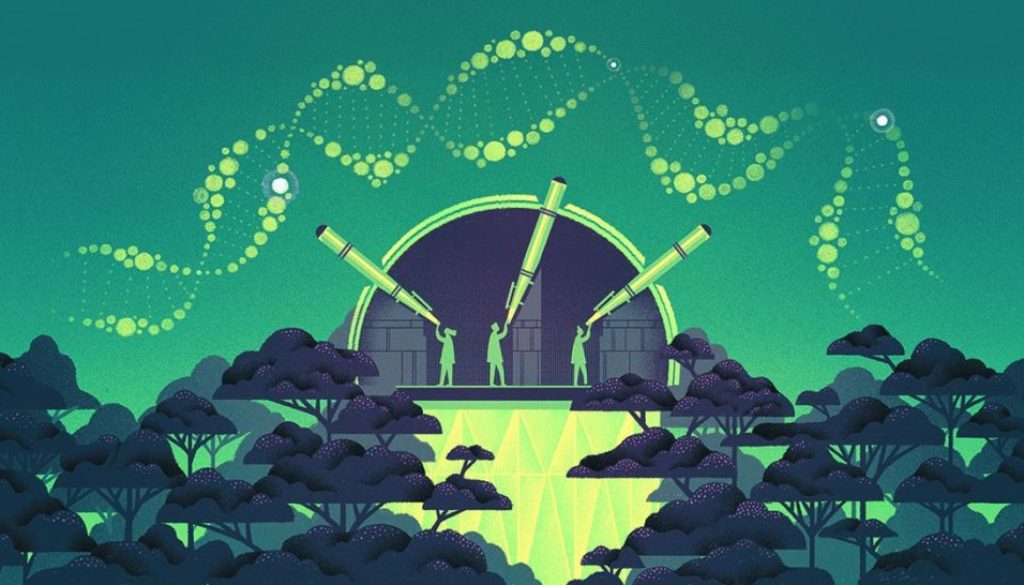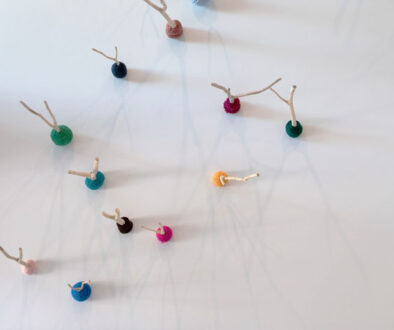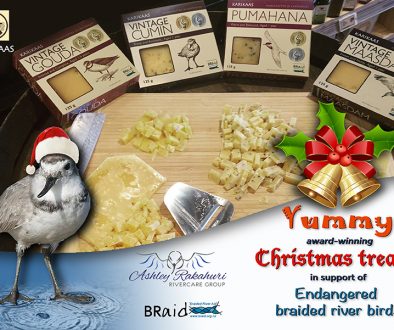Genetic solutions to predators
Every now and then I\’m asked a not-so rhetorical question. It\’s phrased in different ways, but it comes down to this: are we ever going to win the war against predators and pest species? Or are we wasting our time fighting an (ultimately) losing battle? The way I (and probably most of you) see it, we\’re engaged in a holding action, trying to stop endemic species from becoming extinct until scientific or technological silver bullets materialise.
If we’re genuinely serious about this, the only potential bullets on the horizon are genetic: something tailored to wipe out or at least permanently control a targeted species without collateral damage to other species or the ecosystem. But that term \’genetic solution\’ raises all kinds of ethical quandaries. Just last year the gene-editing tool CRISPR–Cas9 was used to correct a mutation in a human embryo. To quote the authors of a paper published last week, ‘The work is just one of countless applications of the technique, with which scientists hope to alter plants, animals and humans.’
It’s time to start the conversation about genetic solutions.
Right now.
Otherwise, we’ll end up with an arsenal of potential genetic weapons but no social license to use them (think anti-1080 on steroids). These two – free to access – papers in the journal Nature address some of these issues. I encourage you to read them and more importantly, begin, to quote one of the authors, the ‘cosmopolitan conversation that’s needed’.




